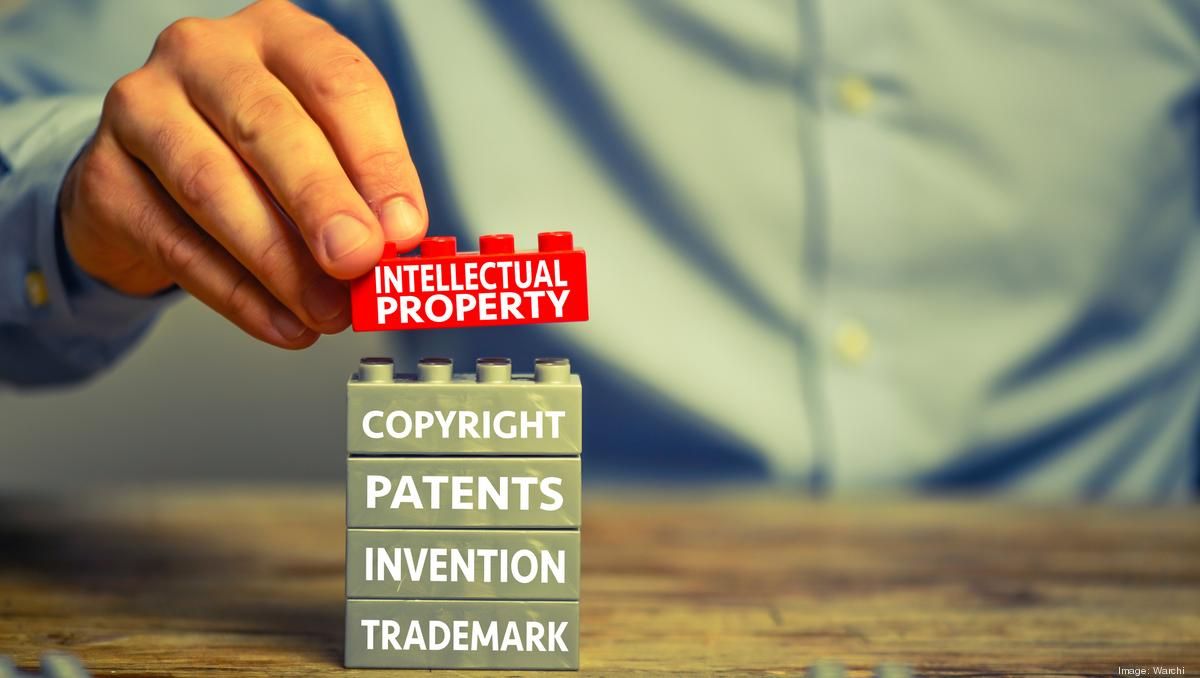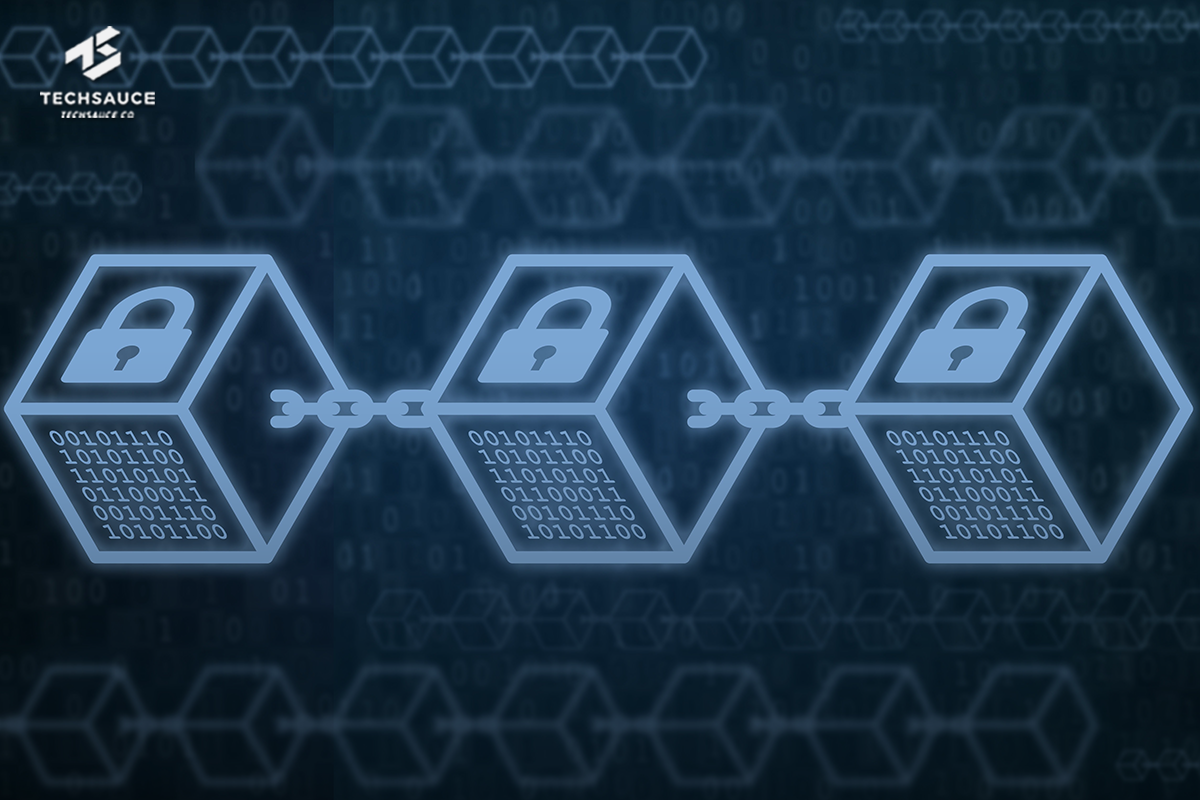
重要的内容
Intellectual Property Protection System in the Web3 Era
Modern products have different needs for intellectual property protection, and the Web3 era is no exception. Therefore, it is meaningful and necessary to study it to ensure the effective protection of intellectual property. Intellectual property rights are core assets for technology companies. They can not only provide the company with a competitive advantage in the market, but also achieve financing purposes for the company, which is often referred to as a "moat" in stock trading and financial management. However, the specific forms of the "moat" are various, and intellectual property rights are only one of them. Therefore, for a company's long-term development, it is necessary to design a reliable legal protection system for intellectual property rights, and it is also a prerequisite for successful financing. In traditional technology companies, intellectual property usually includes things like registration of trademarks, patents, software codes and designs, and transfer of all databases to the company.
Even in the field of blockchain, which is advertised as "open and transparent", it cannot be said that the protection of intellectual property rights is unnecessary or non-existent. For example, for an open source blockchain product, other developers or manufacturers still need to abide by the open source agreement of its source code when using its open source code, and the product will still protect the intellectual property rights of the creator under the premise of being open and transparent on the chain. However, in the face of massive information and fragmented content, when the interests involved are getting bigger and bigger, the original creators can easily become profit channels for plagiarists. Original works in the network environment have the characteristics of digitization, openness, publicity, and borderless, etc., which make the infringement also evolve into the characteristics of low cost, large quantity, wide range, complex association, strong concealment, and difficulty in proving evidence, which is likely to trigger Numerous willful and repeated infringements. As an original creator, there are often times in creative collaborations where you don’t want to trust but you have to trust others. At the same time, a large number of texts, codes, pictures, and ideas are deeply mired in piracy and infringement. Revolutionary technologies are often used to slaughter the market instead of protecting copyrights. The wall of trust is broken brick by brick. The 21st century has become a war for intellectual property rights. The technology industry can easily fall into the graveyard of innovation.

1. The intellectual property structure of the part of the Web3 chain
In the Web3 era, the form of intellectual property protection may be different from the past. For example, decentralized applications (DApps) have their own unique intellectual property protection paths. The on-chain and off-chain parts of Web3 products are all developed by people, which means that in the initial stage of product development, the copyright of some codes on and off the chain needs to be registered by the company to participate in Web3 products (such as smart contracts, websites, etc.) , DApps, etc.) Each participant in the development needs to sign a confidentiality agreement and an intellectual property transfer agreement.
Generally speaking, the intellectual property rights on the chain are owned by the company, and the company also reserves the right to publish the subject matter on the chain in the future, such as websites or mobile apps. Partially achieve decentralization and automatic operation. To achieve this, and in order to prevent the part on the chain from falling into the trap of centralization, the intellectual property rights of the part on the chain will be made public, that is, open source code.
Open source code refers to code that has given up proprietary rights and managed it as public property. To do this, regardless of whether the developer is an individual or a business, the software code must be published in an open repository where anyone can access and use the code. An important task before the software code is open-sourced and released is to select an appropriate type of open source license, which is published in the same repository as the software code, and stipulates the conditions and restrictions that the relevant community must abide by when using it. Include rules on how to modify, maintain or improve the code.

2. The intellectual property structure of the off-chain part of Web3
In addition to developing smart contracts operating on the product chain, the interface of the contract also needs to be developed simultaneously. These interfaces are the part where end users interact with the smart contract. The IP elements that make up the interface include icons, domain names, designs, program codes, user Databases, etc. This also depends on the type of Web3 product interaction chosen by the founders. Generally, apps, website browsers, chat robots, etc. are different. Each of these elements needs to obtain independent protection , for example, in order to register software codes and industrial designs, it is necessary to sign an intellectual property transfer agreement to the company, which guarantees that the developer is obliged to transfer the registration rights to the company. Other protection methods include registering a trademark to protect the LOGO, transferring the domain name or re-registering the management right of the domain name so that it belongs to the company, etc.
3. Development laboratories in the entire intellectual property system
Development and testing engineers have always been an important part of the project, and this is no doubt in the Web3 era. Therefore, development labs and the hiring of software engineers play an important role in the overall intellectual property system. Generally speaking, the development laboratory undertakes the following functions:
1. Undertake the necessary operational functions in the product development process of the organization, such as recruiting personnel, selecting office space, subscribing to software, etc.;
2. Accumulate intellectual property rights developed by the project team, such as program codes, industrial design sketches and technologies, etc.;
3. Release some interactive content on the Web3 product chain, such as websites, mobile apps, etc.;
4. Select an appropriate open source license for some relevant IP registrations in the product chain;
4. Build an intellectual property protection system for the Web3 project
All in all, in the Web3 era, the intellectual property protection methods of the on-chain and off-chain parts of the project chain are similar , and the intellectual property protection of the on-chain parts such as smart contracts usually requires the project founders to work hard.
1. Register a development laboratory or company, enterprise and other entities in an IP/IT-friendly region. From a technical point of view, this is necessary and important for the protection of some intellectual property rights on and off the chain;
2. Sign a confidentiality agreement and intellectual property transfer agreement with developers and testers;
3. Publish the source code and the corresponding license in the open source knowledge base, which not only requires the realization of DApp, but also ensures the decentralization of ownership and ensures that the project cannot be changed in a centralized manner.
As for the intellectual property rights under the chain, such as websites, browsers, etc., it cannot be done overnight. It needs to be consistent with the first two items to protect the part on the chain, but in addition, the intellectual property rights and their ownership must be transferred to the development laboratory, such as domain names and databases. , as well as patents, trademarks, LOGO and other related assets registered in the name of the company.
I am more willing to believe in the eternity of human nature than the development of technology. Therefore, protecting intellectual property rights before the next era requires more development.
喜欢我的文章吗?
别忘了给点支持与赞赏,让我知道创作的路上有你陪伴。
发布评论…